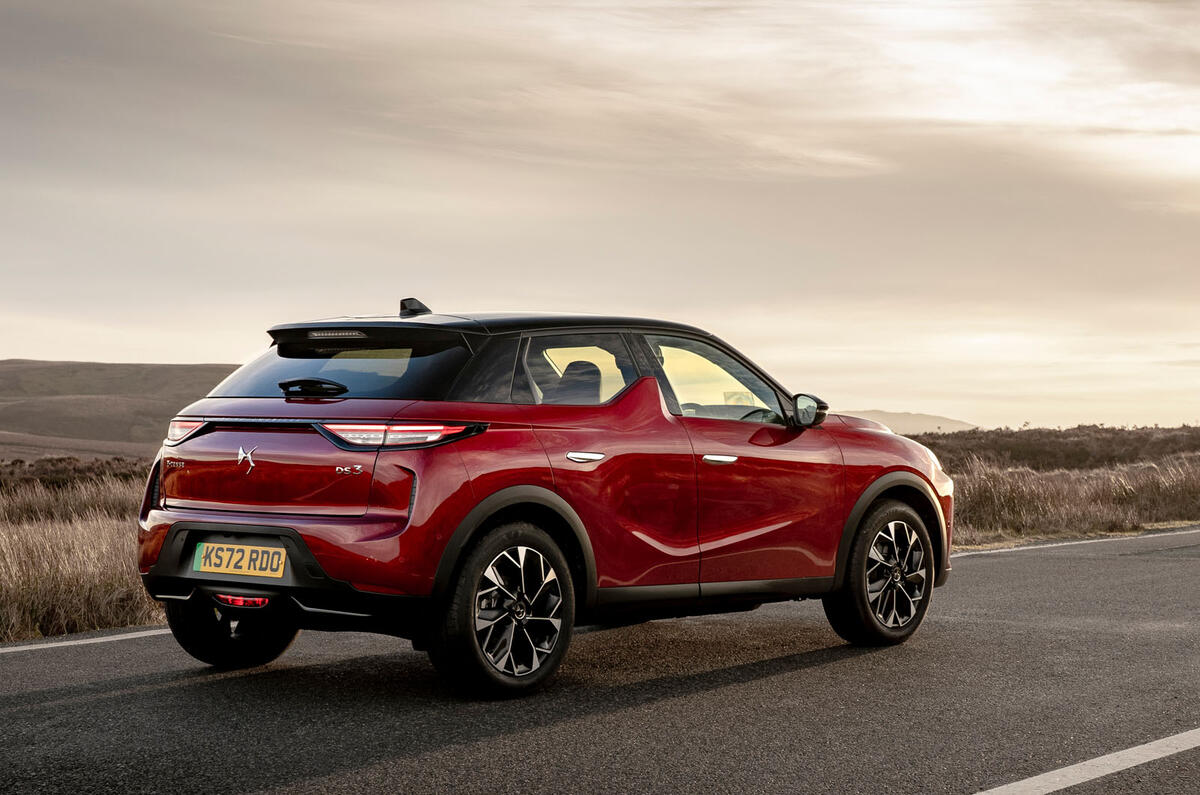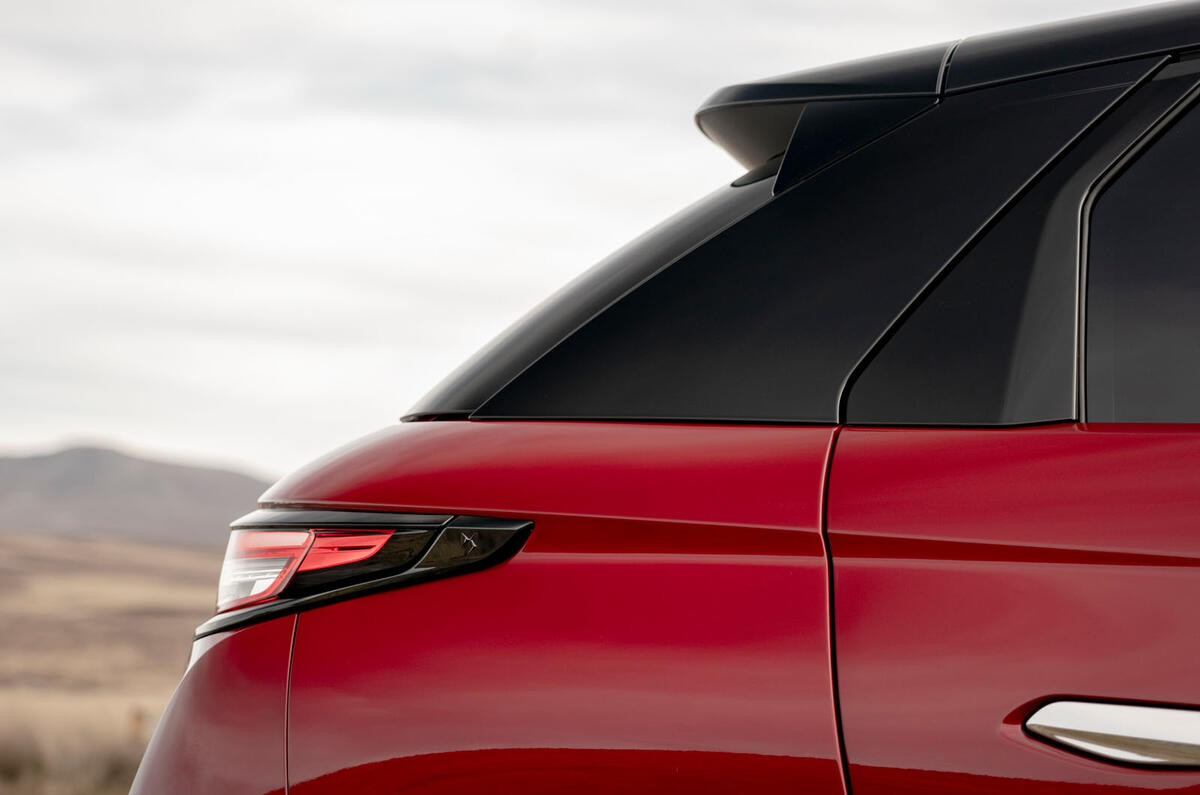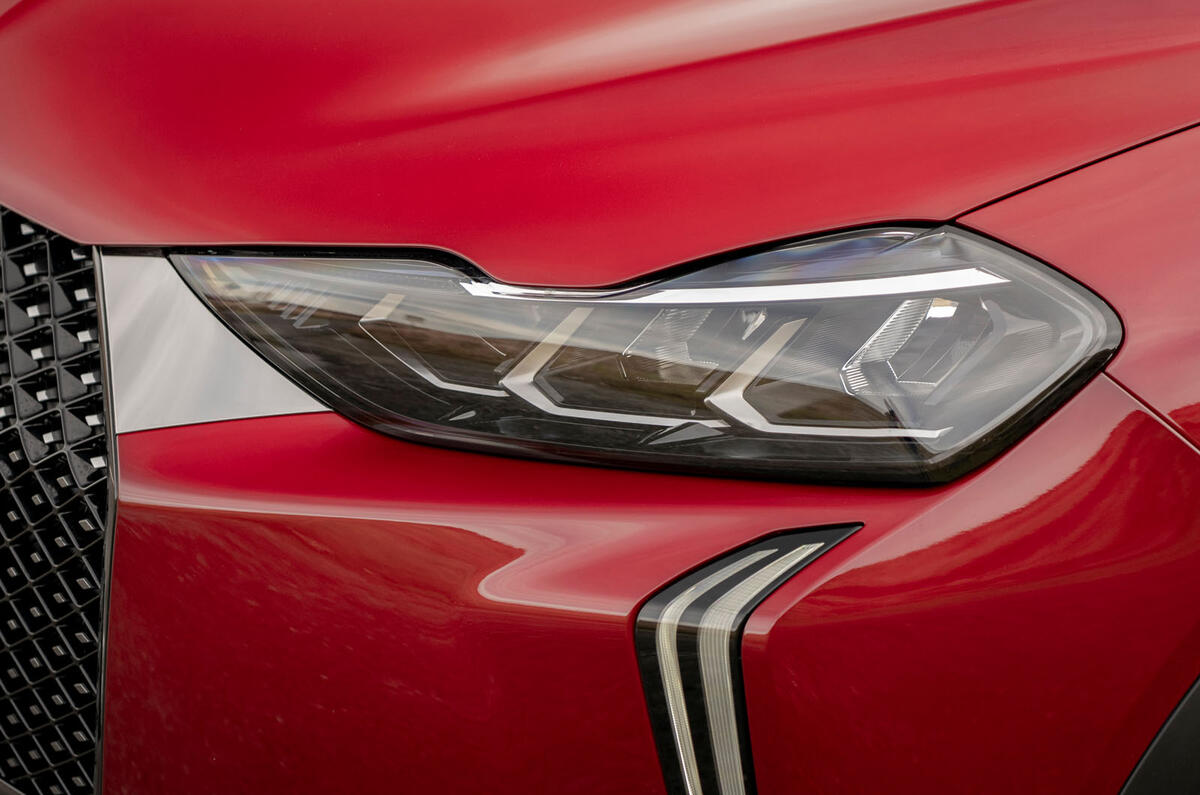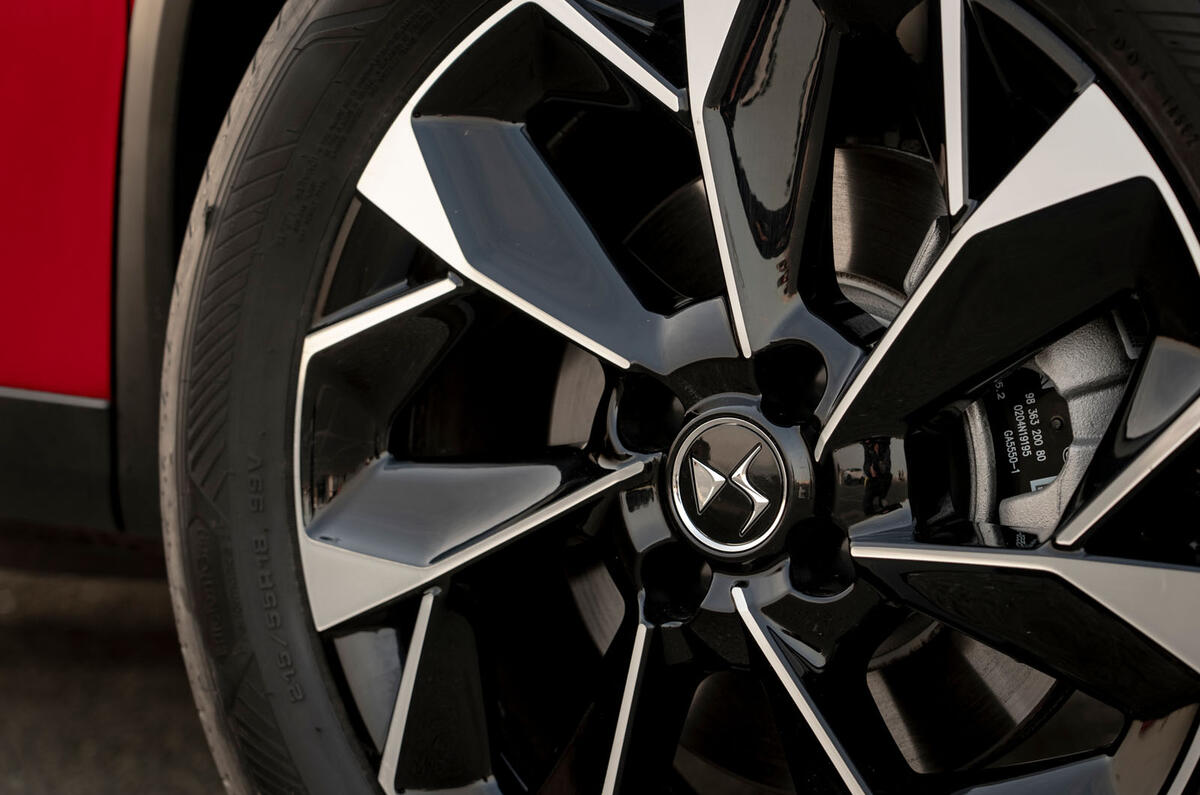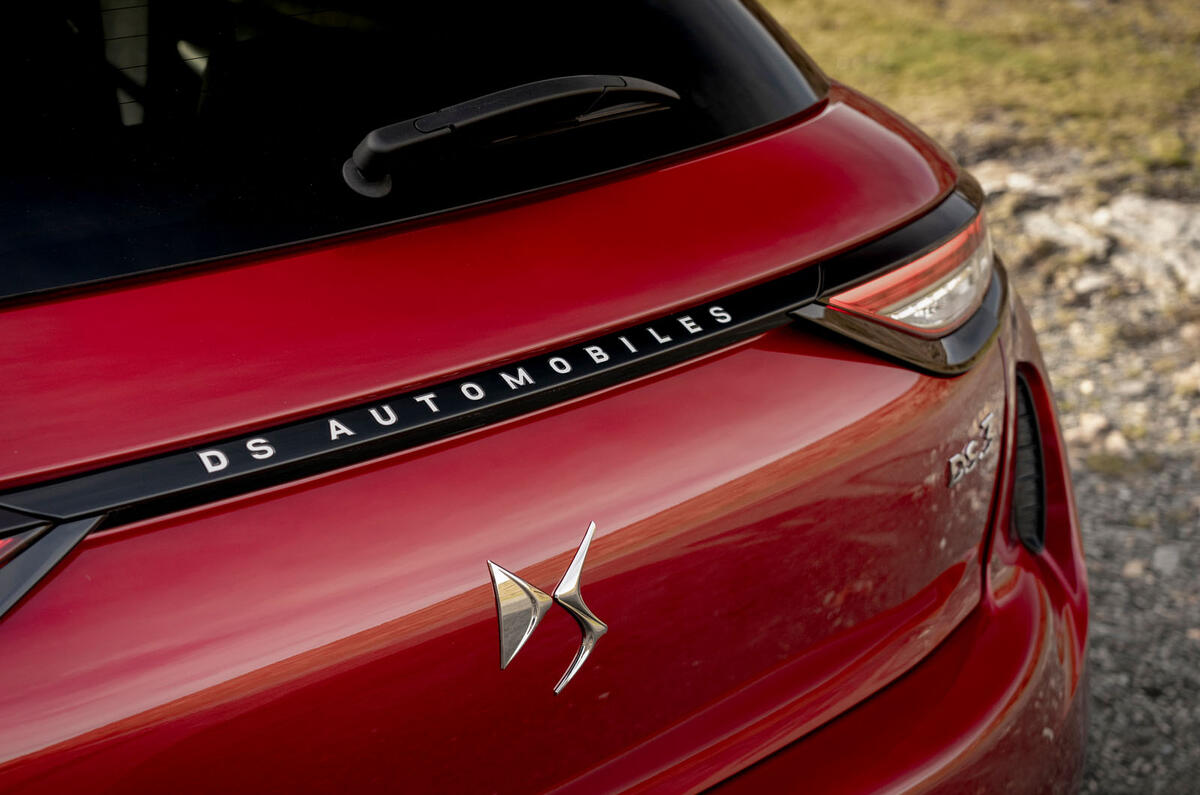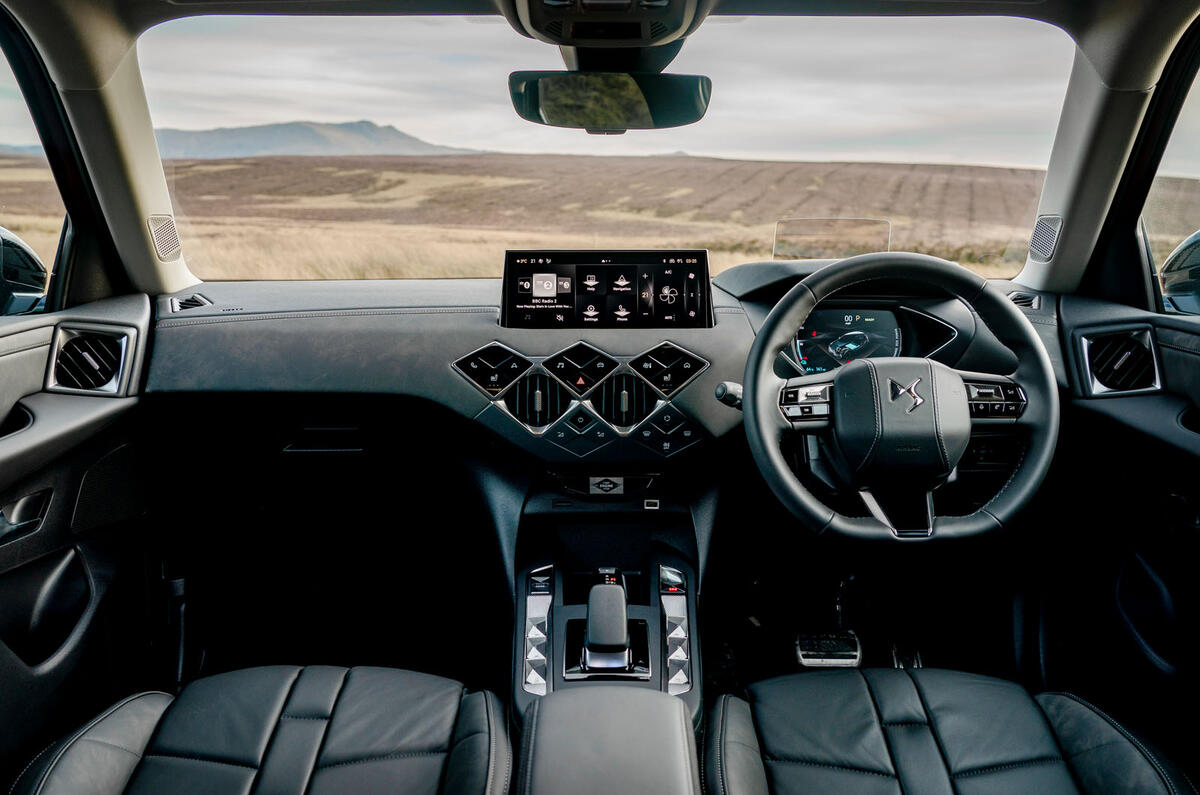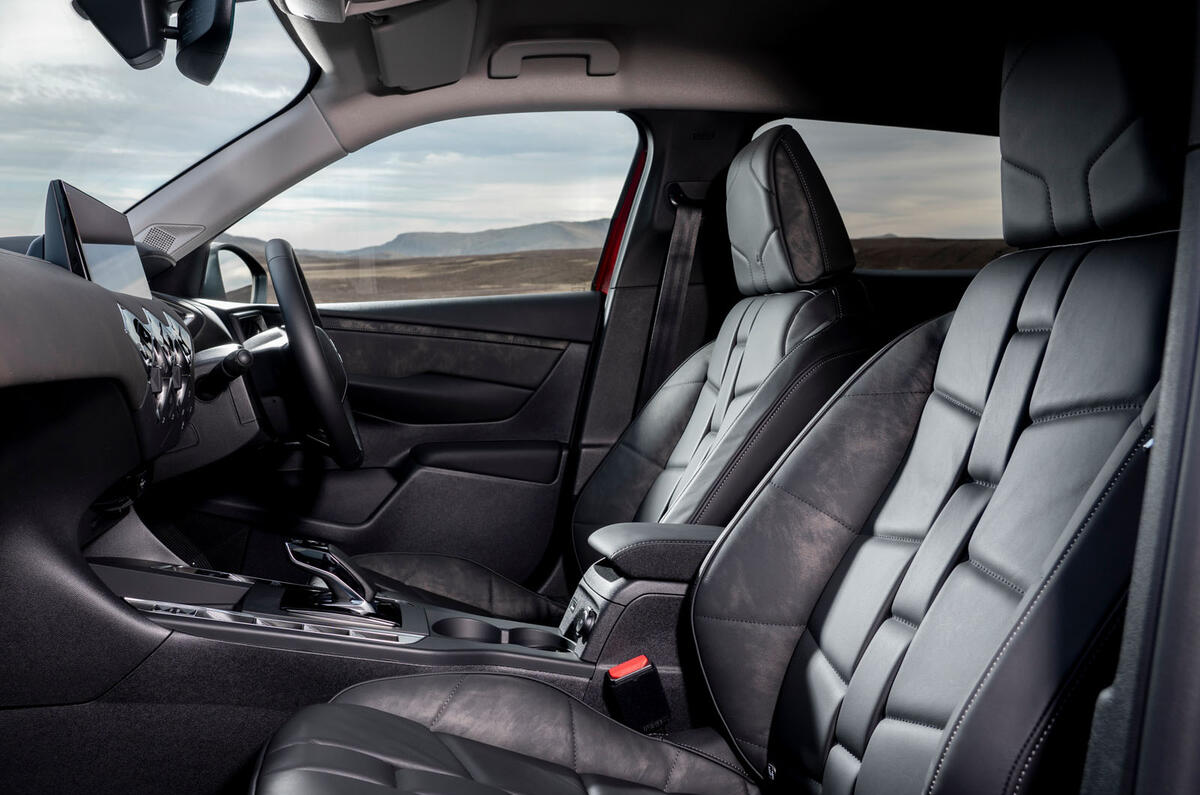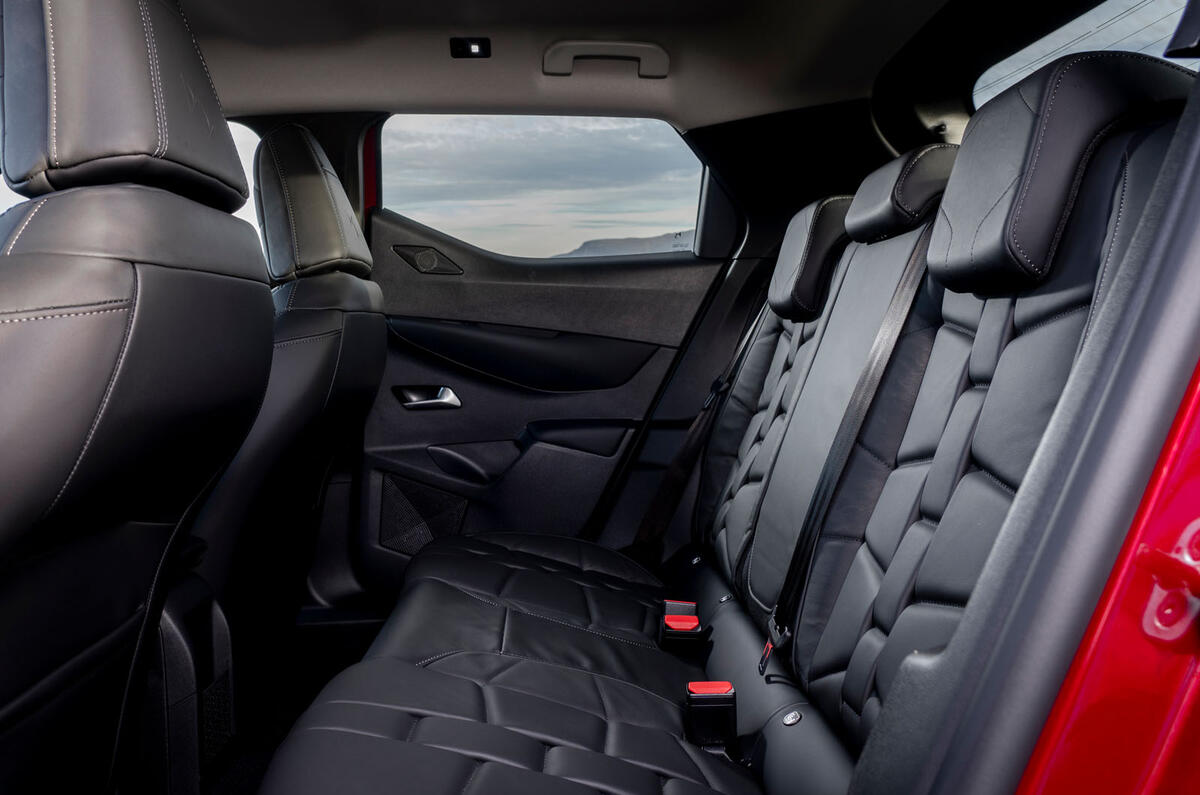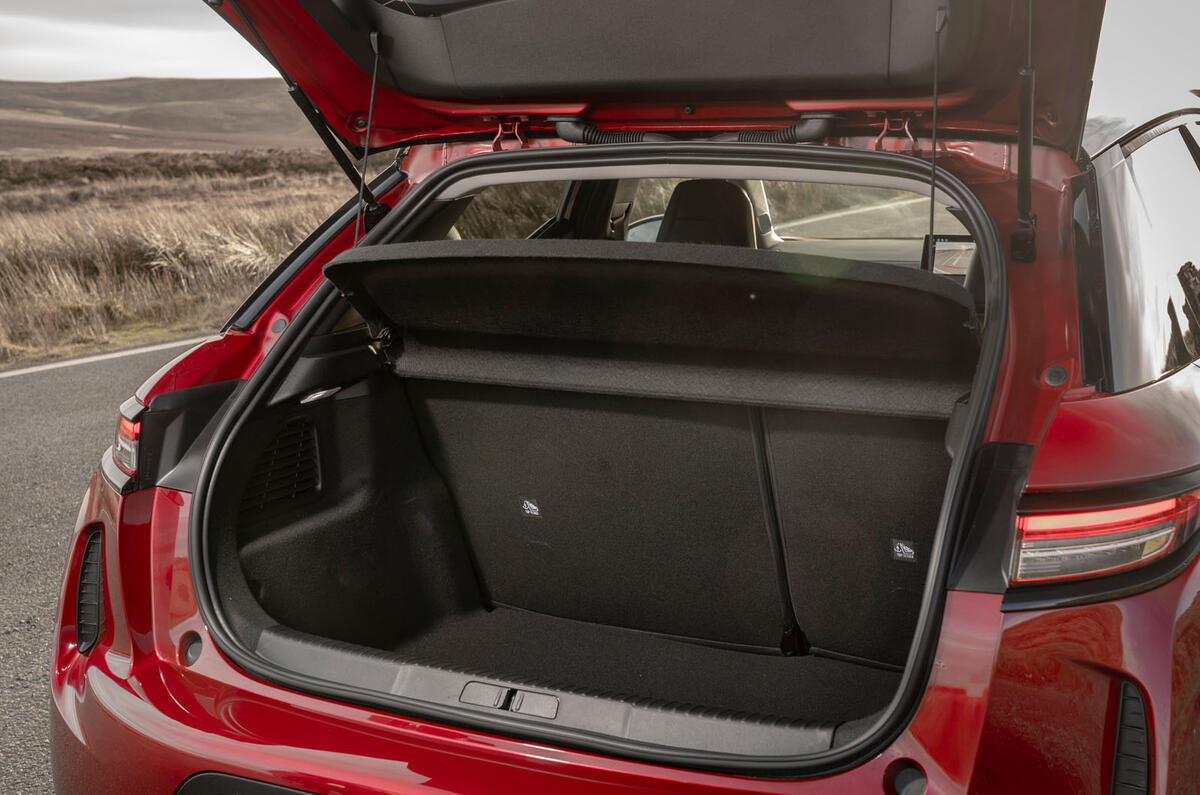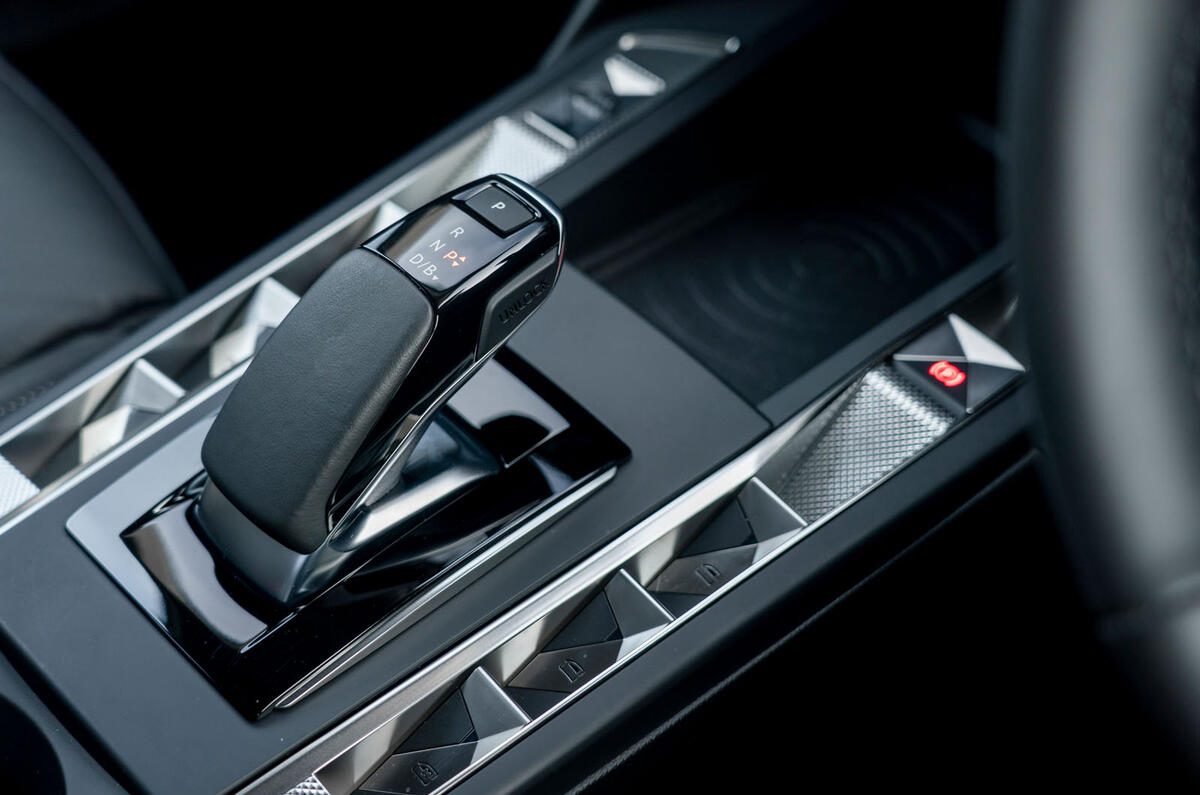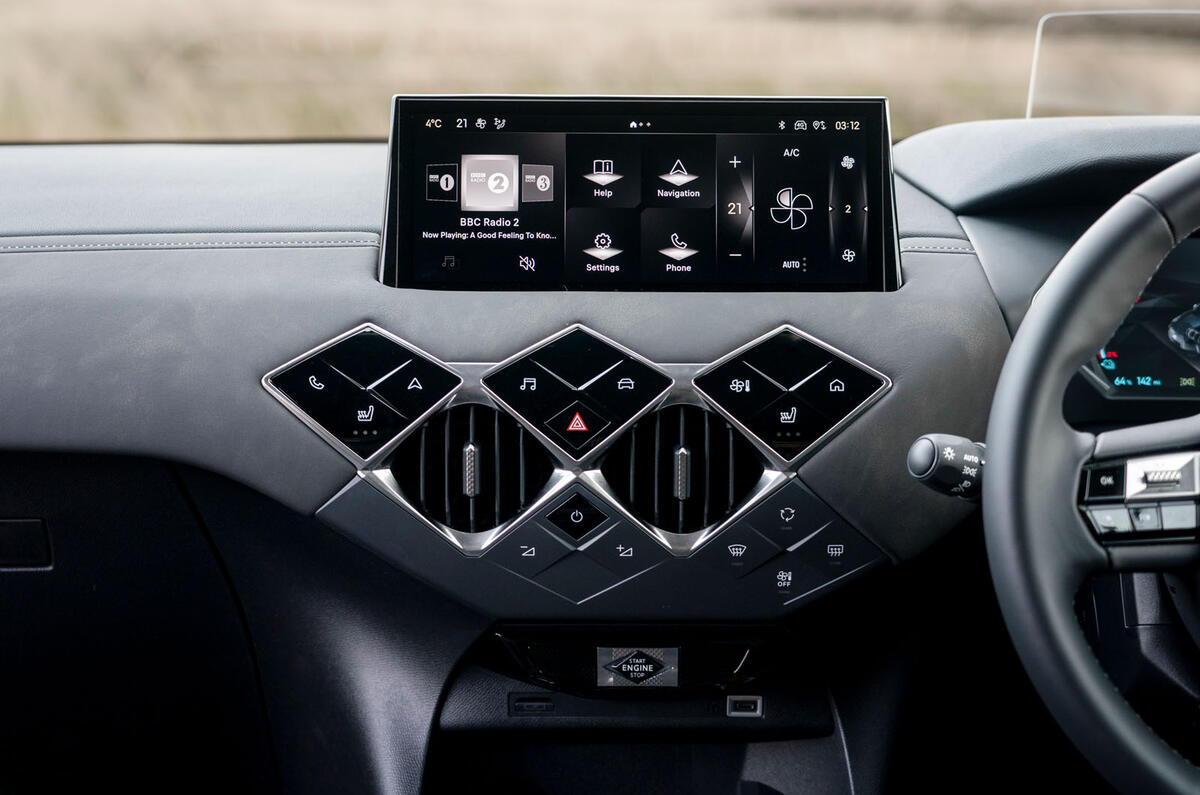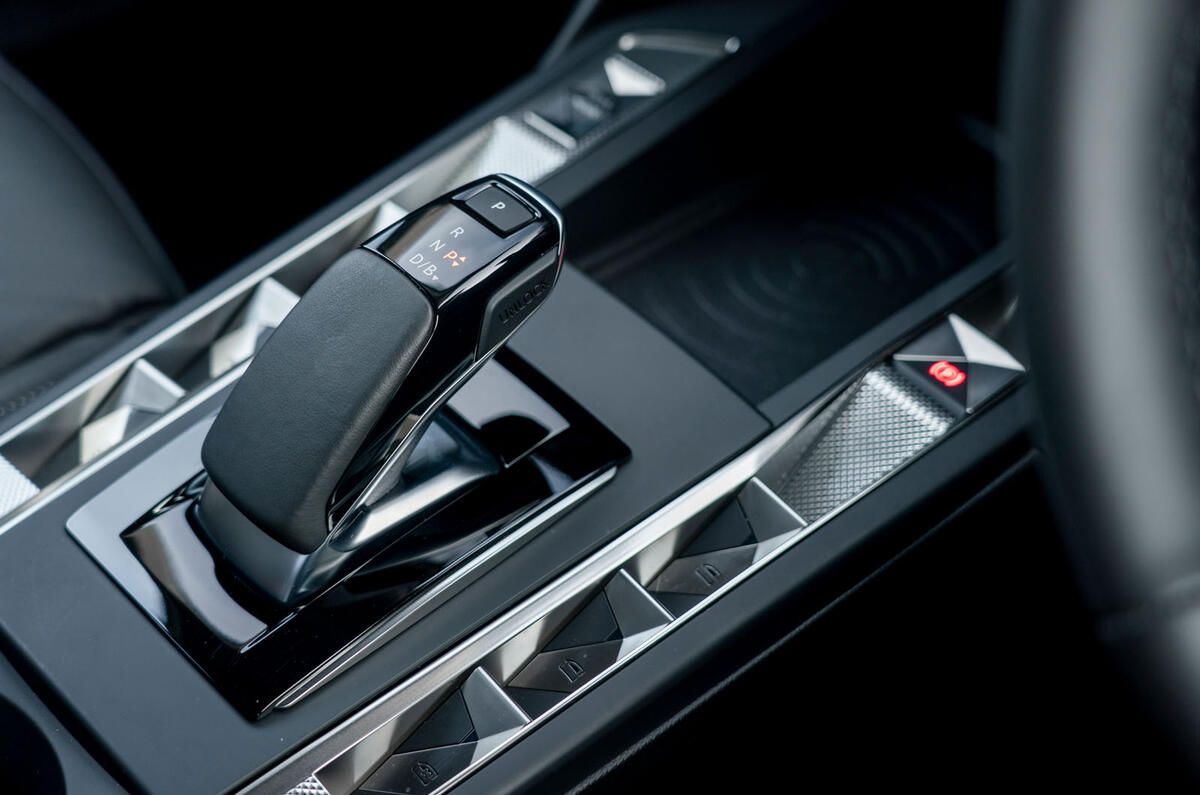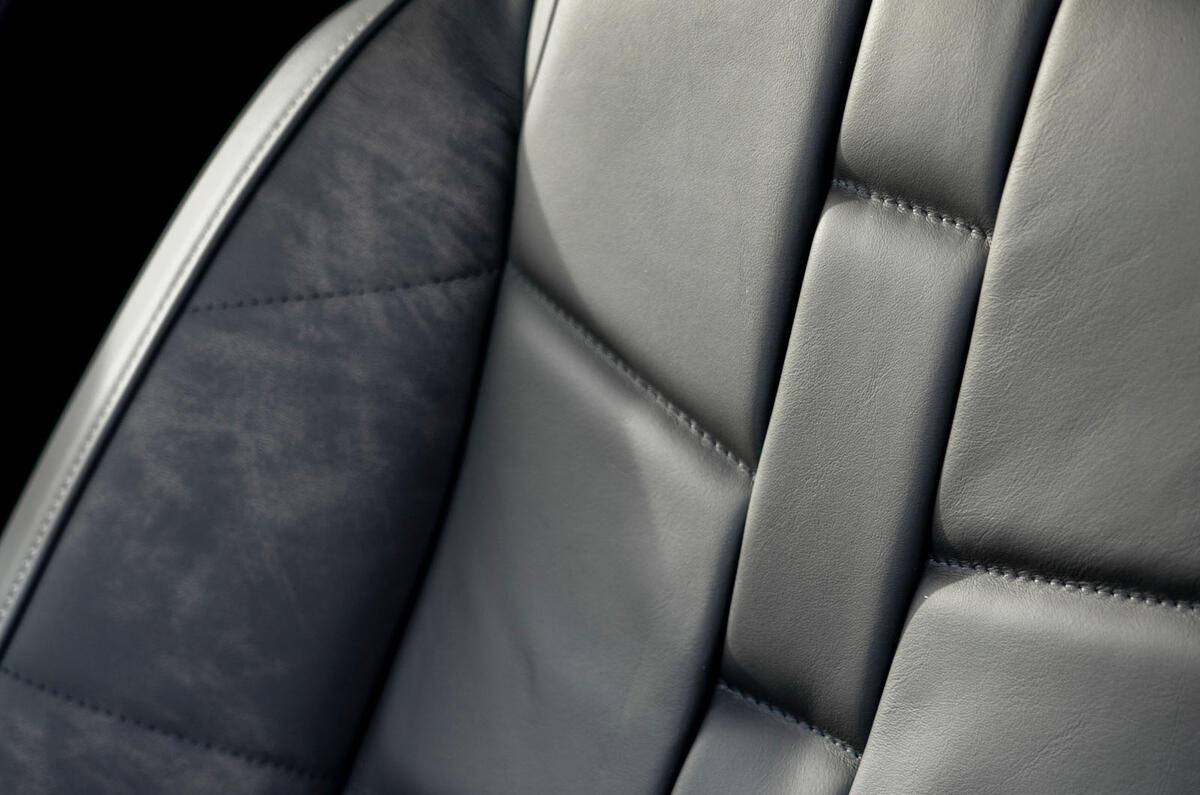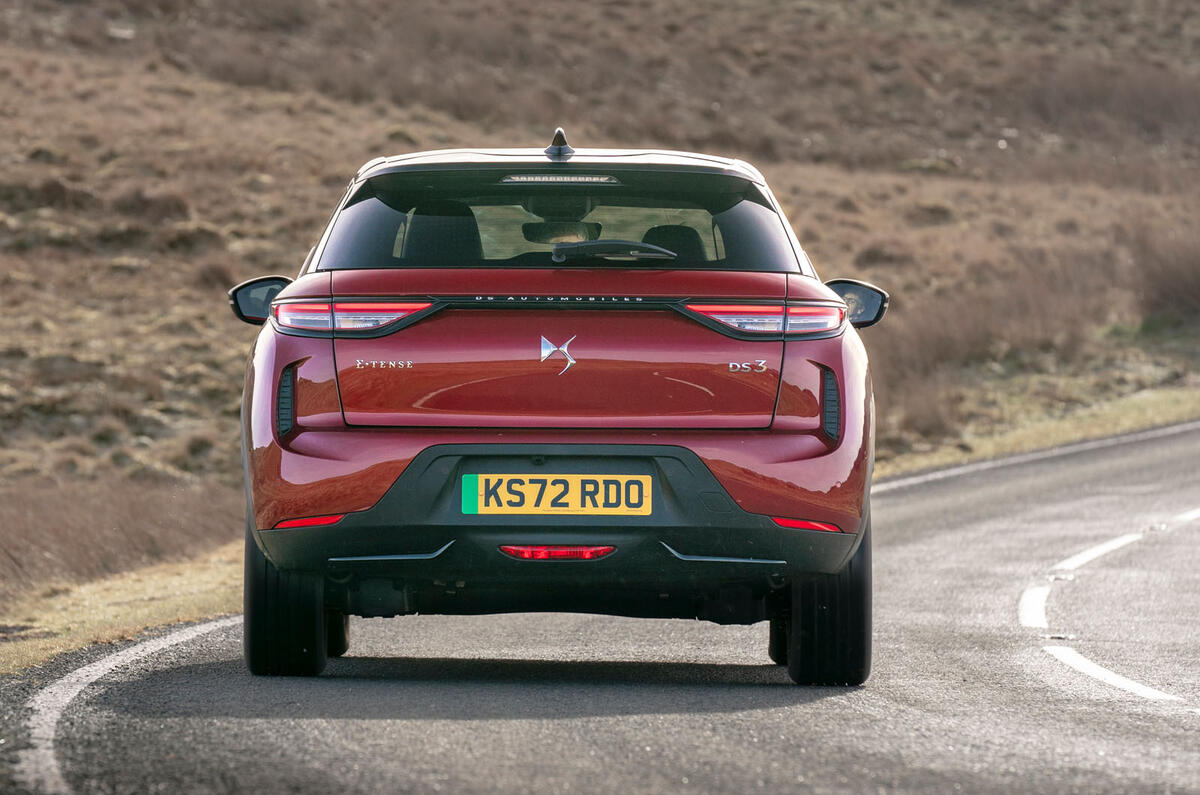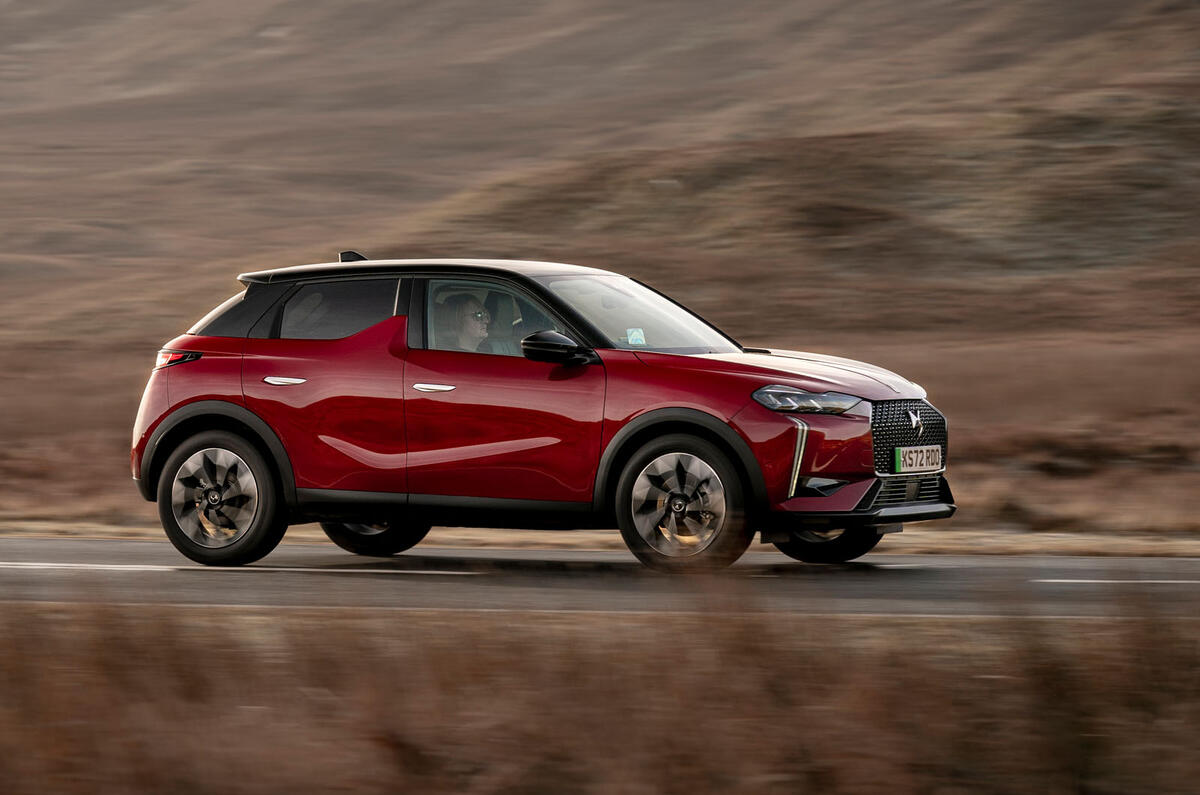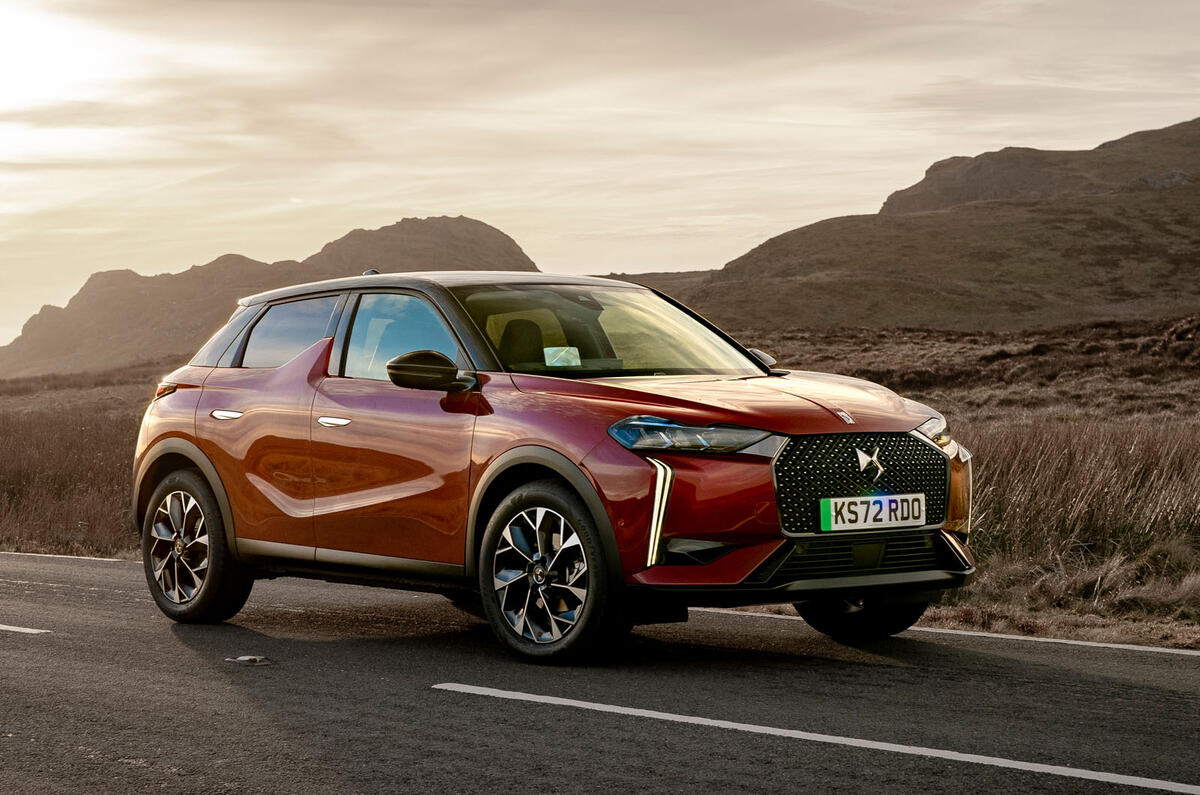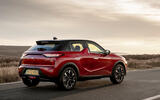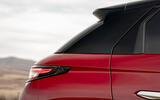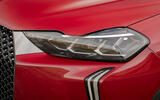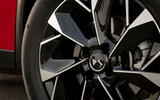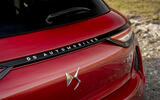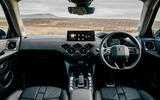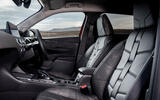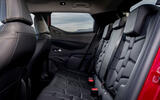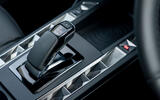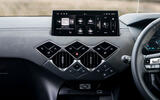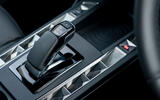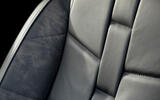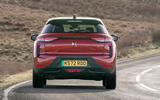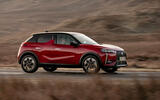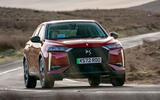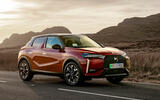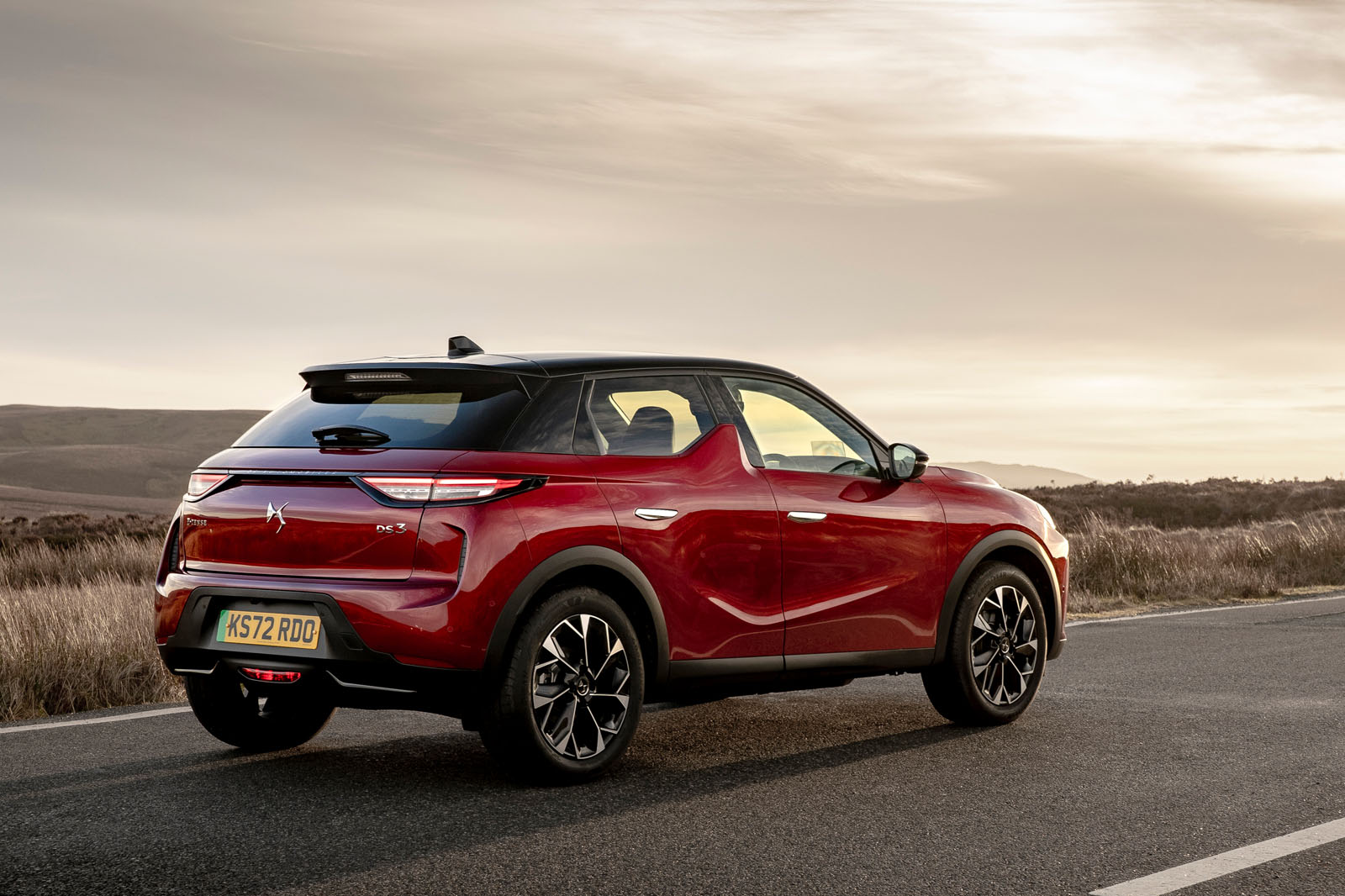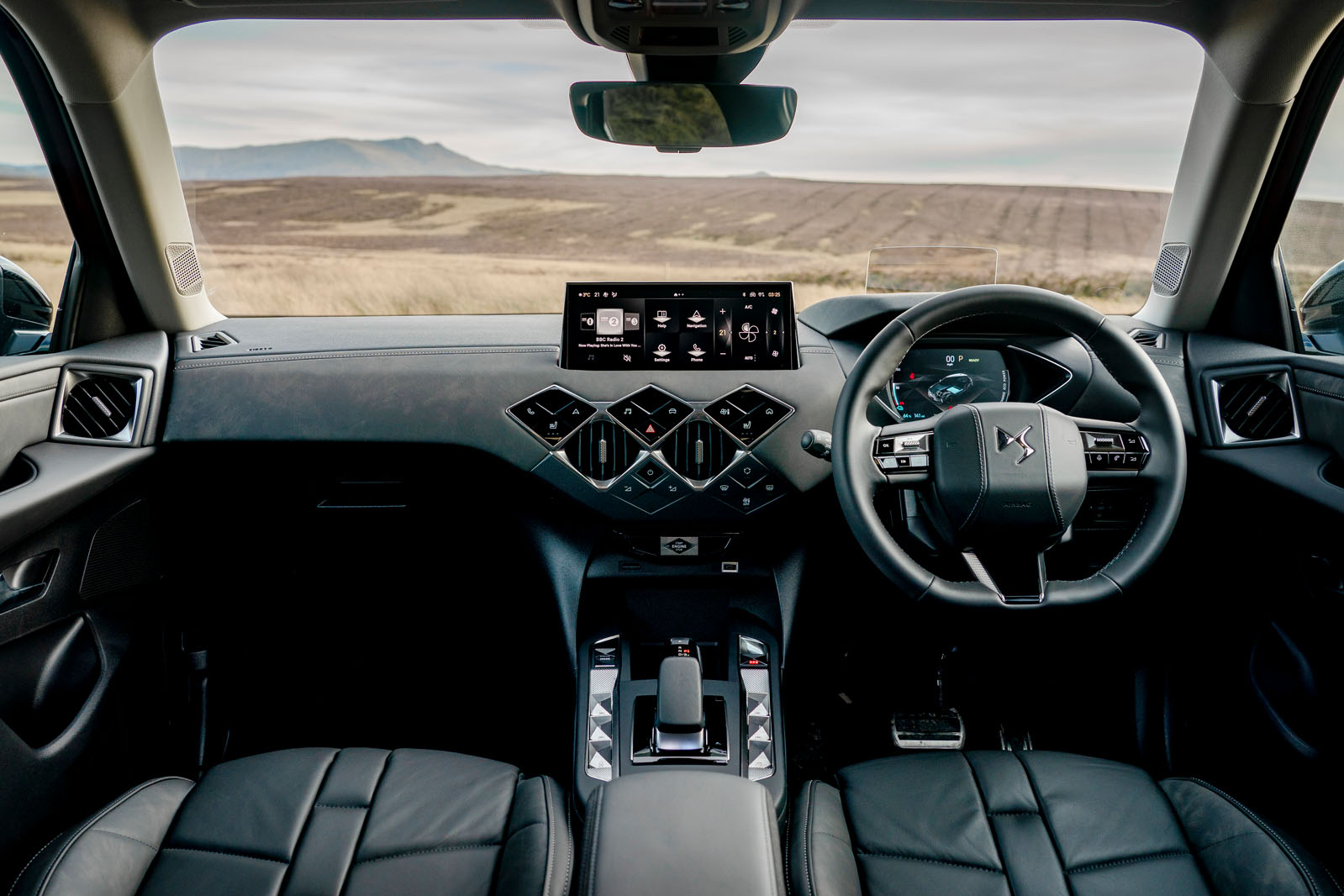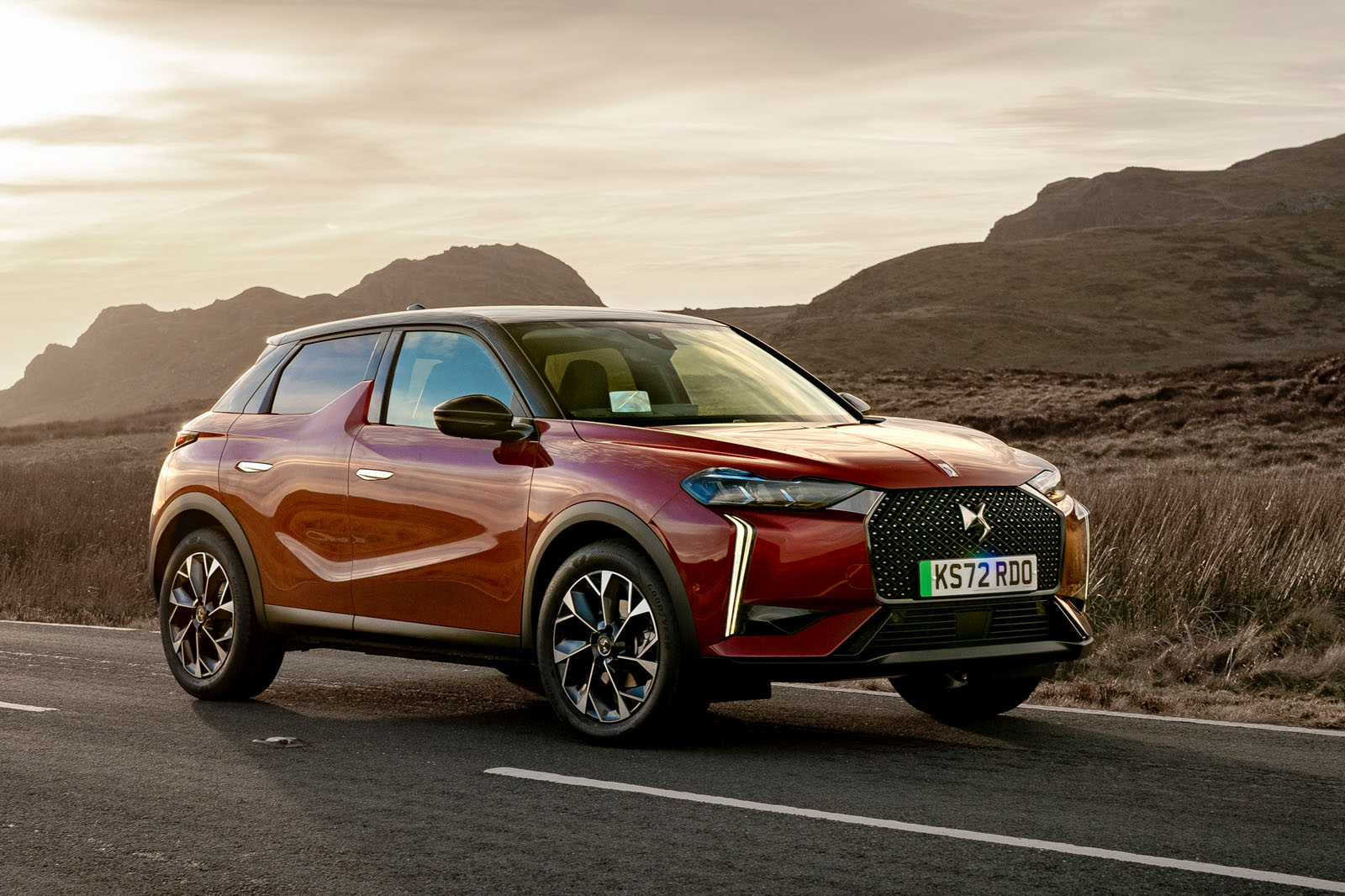Carving out a successful premium positioning is still the name of the game for any DS product; and the refreshed DS 3 of 2023 brought with it a variety of new kit – most of which had already been seen on the larger DS 4 - in order to do that.
A thicker, more refined-looking, button-clad steering wheel was added, and a new 10.3in infotainment screen came in also that uses the firm’s new smartphone-like Iris software. Sadly, infuriating dash-mounted capacitive buttons return for many of the car’s controls; meanwhile the climate control is still only accessible through the infotainment screen – bafflingly so, because only a rarely used physical ‘climate off’ touch-sensitive ‘button’ remains.
The 3’s unusually comfy seats have been retained however, with our test model, in mid-range Rivoli trim, offering real leather upholstery - just as you’d expect from a Parisien luxury fashion brand. Pricier nappa leather seats, which are found in top-wrung Opera guise only, are just a tad more backside-friendly. Either option will keep you soreness-free on long trips, while bolstered sides also keep you firmly in your seat (handy given the car’s generous body roll, to which we’ll come).
The car’s second row makes only the kind of space available that you’d expect in a class-average supermini. There's enough, just about, for three older, taller kids, or a couple of smaller adults but taller grown-ups will struggle for both head and leg room.
Up front, there’s plenty of material ritz to the dashboard layout and materials, but far less deep-lying tactile material quality (lots of scratchy mouldings are to be found below knee level; storage cubbies are unlined; soft-touch materials are notable by their absence). DS’s focus was clearly on an eye-catching and unusual fascia design, and some material lavishness with upper-level materials, some of which lands (although the ‘weathered art leather’ decor of our test car looked, to these eyes, a little like it’d had one too few coats of aerosol paint).
The centre console layout, meanwhile - which takes large diamond-shaped motifs as its theme, and makes features, where it can, out of the air vents, window switches, and more - clearly gives the kind of lead to form over function that makes the latter a distant memory.
Multimedia
The multimedia shortcut buttons are glossy, diamond-shaped touch-sensitive keys that much too often need a frustratingly long press to register any contact at all - and they’re arranged laterally so that those farthest from the driver are way out beyond the outer margins of the multimedia screen, where they’re an awkward stretch to reach.
The 10.3in DS Iris infotainment system was updated as part of the 2022 facelift. Although it is clearly related to the systems used by the likes of Peugeot, Vauxhall and Citroën, it isn’t as intuitively laid out or easy to navigate as they are. Wireless smartphone mirroring is now included, though, and the system makes it easy enough to switch between mirroring and ‘native’ modes.
DS has recently added ChatGPT-powered, fully networked voice recognition for the car, available via a remote ‘over-the-air’ software update, but the scope of its functionality seemed limited to our testers. It could only cope up with very limited, and often wrong, answers to questions like ‘where is the nearest doctor’s surgery?’ and ‘how long will it take me to drive to Bristol?’
DS gives you a digital instrument screen directly ahead of the driver, and a head-up display, although the former is a little small and seems to squeeze information into a cramped space.



